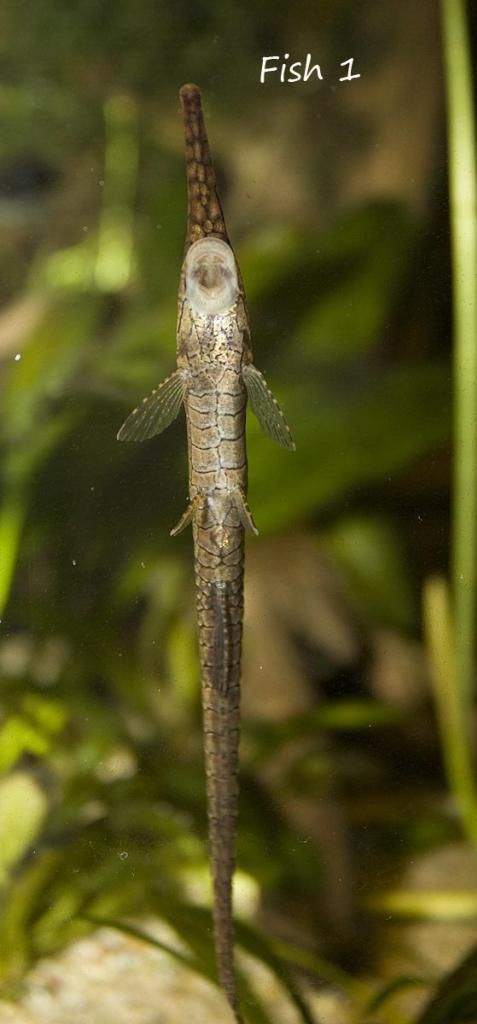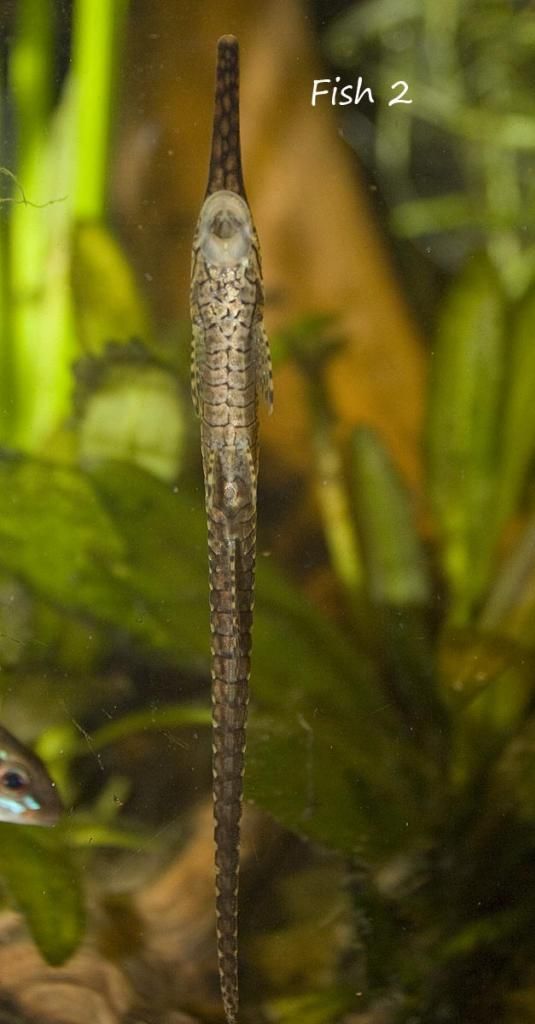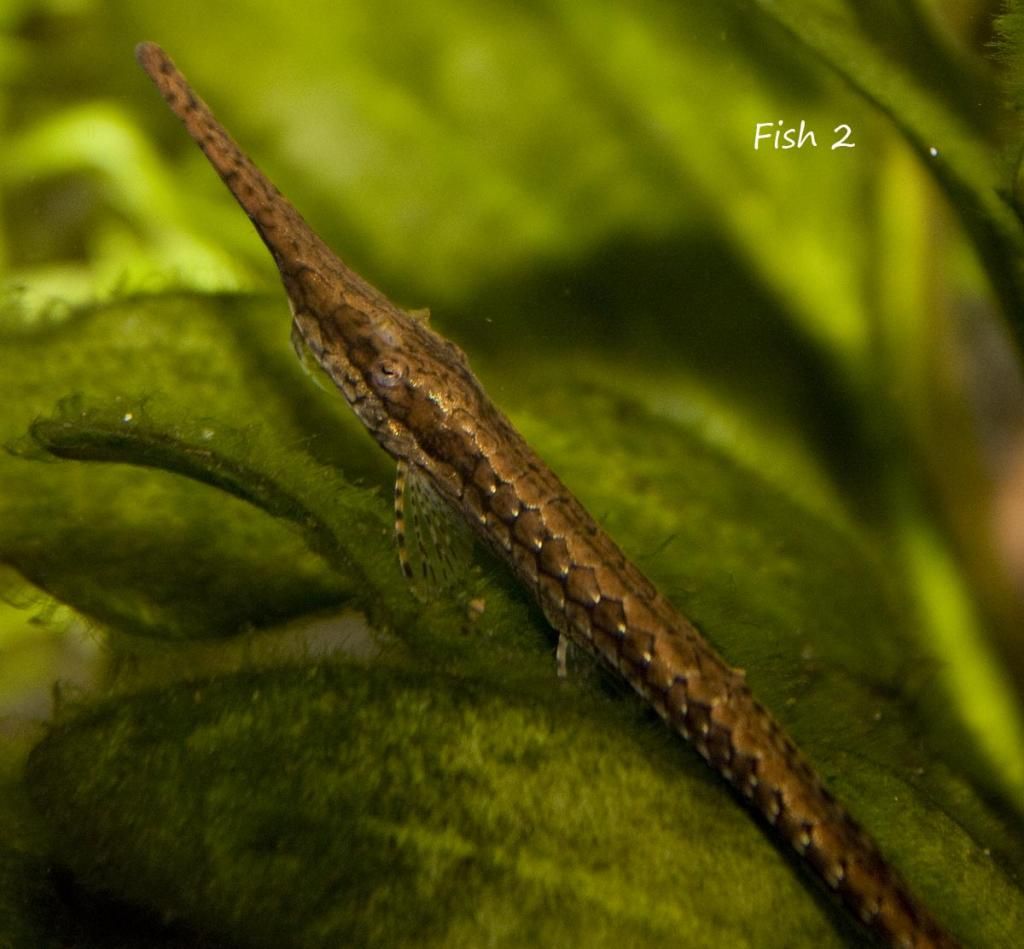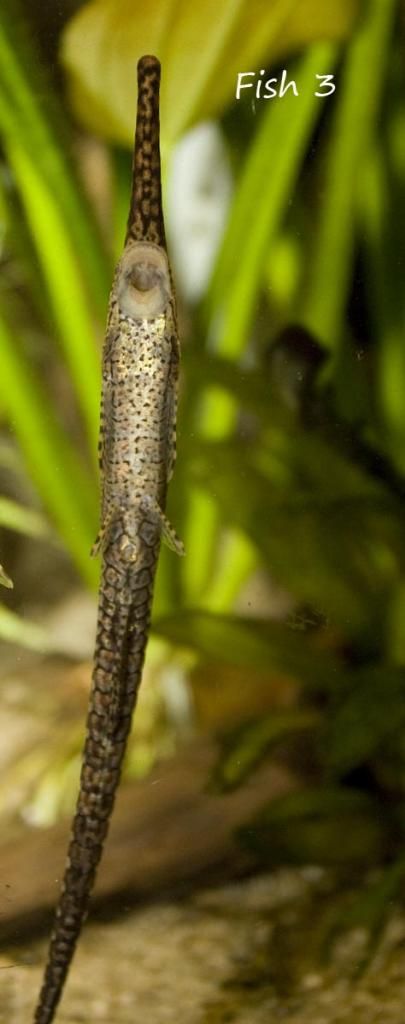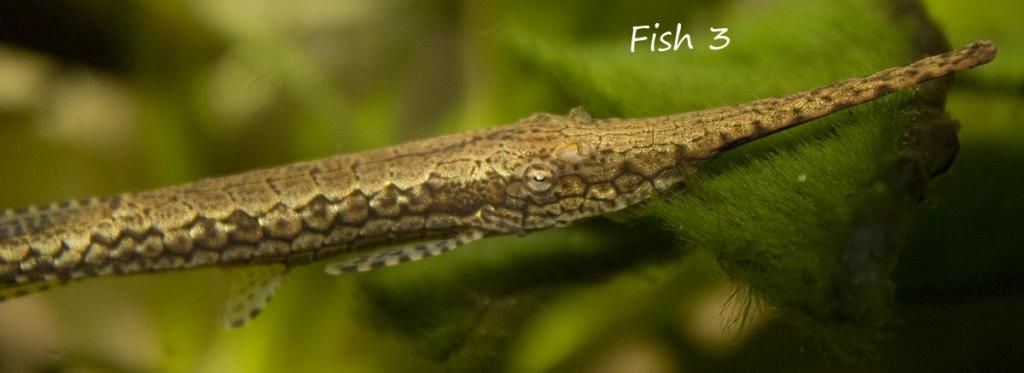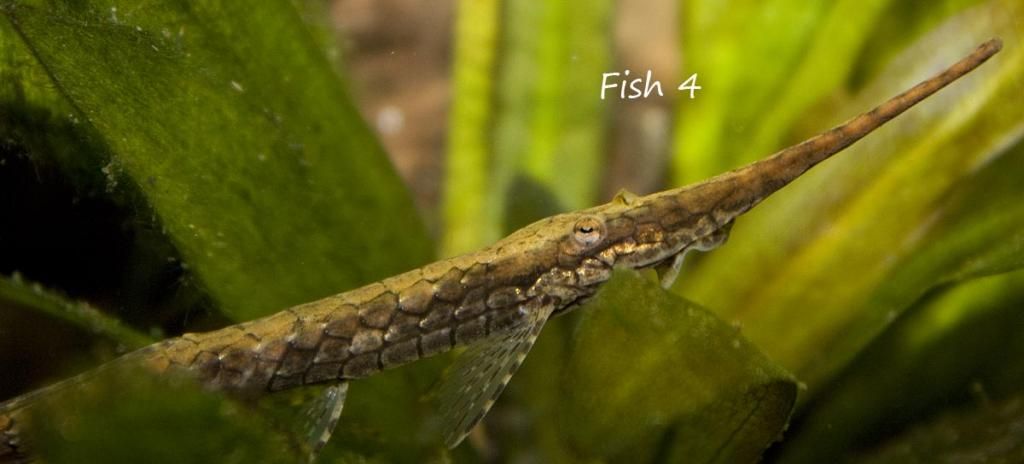Page 1 of 1
What kind of Farlowella
Posted: 17 Jan 2015, 19:59
by Erik82
Hi All,
I have bought four Farlowella's. In my opinion I got at least two different species. They were sold as Farlowella platorynchus.. What do you guys think about these fishes? Sorry for the poor photo's, I think my Macro objective is broken

Can someone tell me if there are female and males in the group of four? Or how can I sexing the Farlowella?
Fish 1
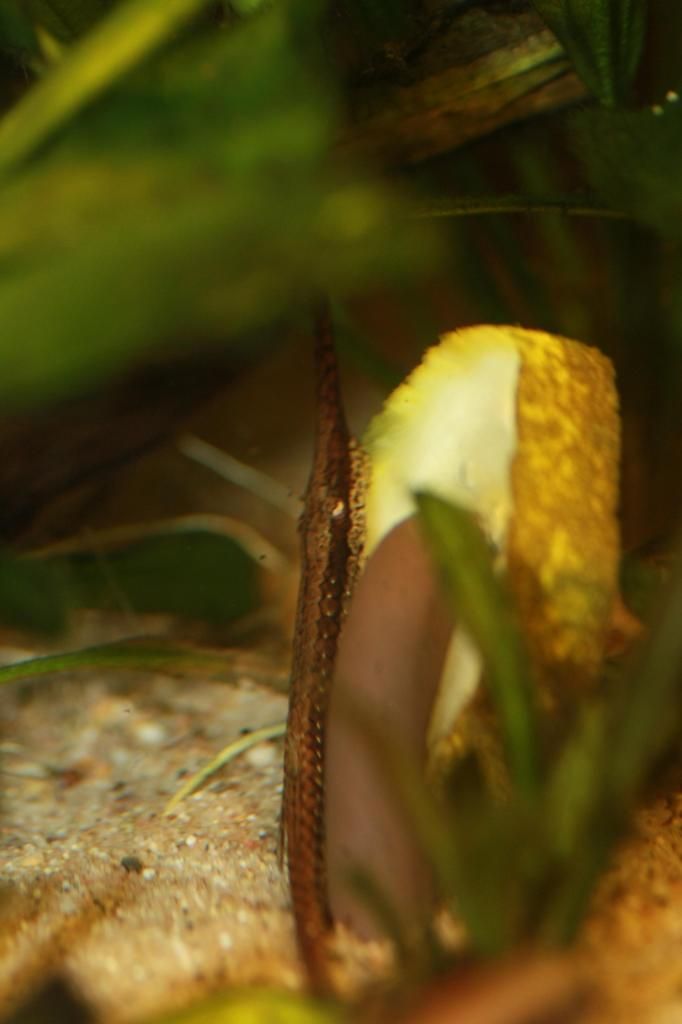
Fish 2
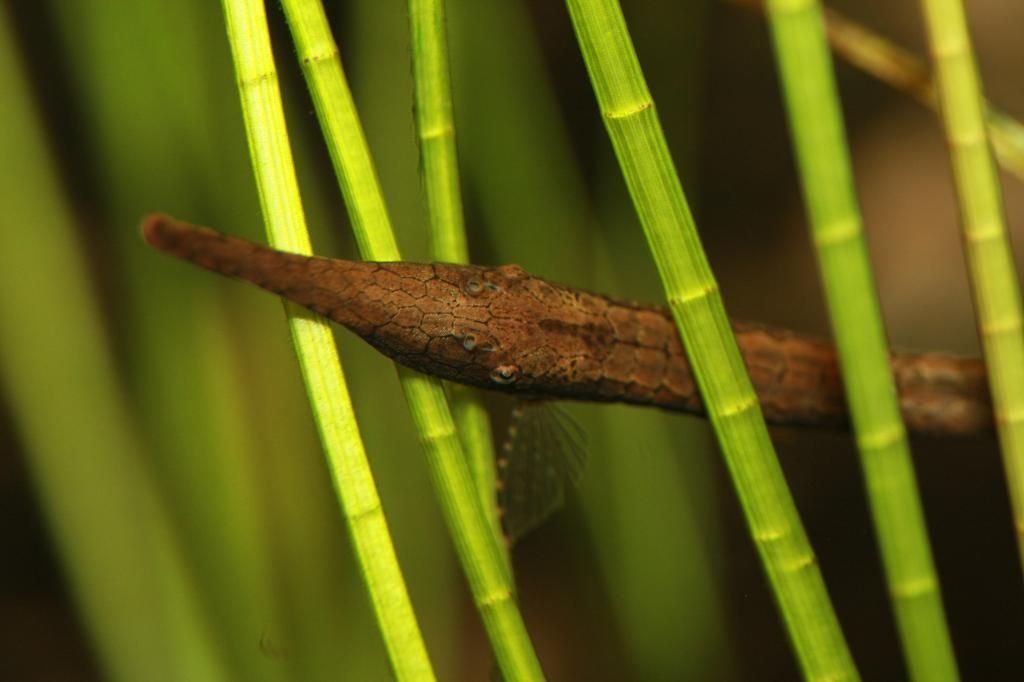
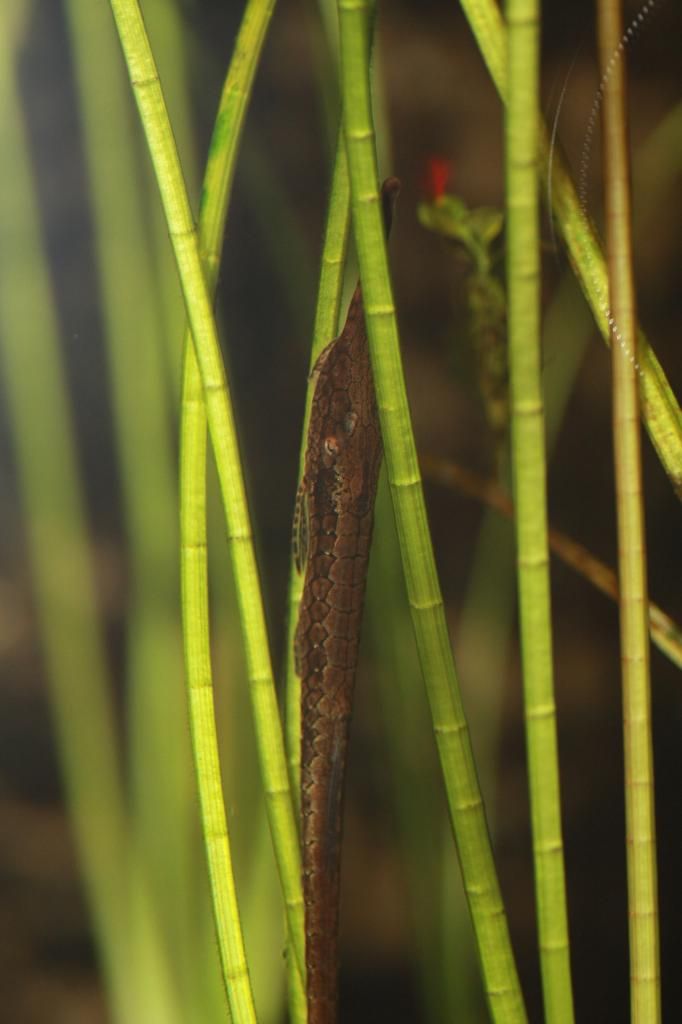
Fish 3
Left one
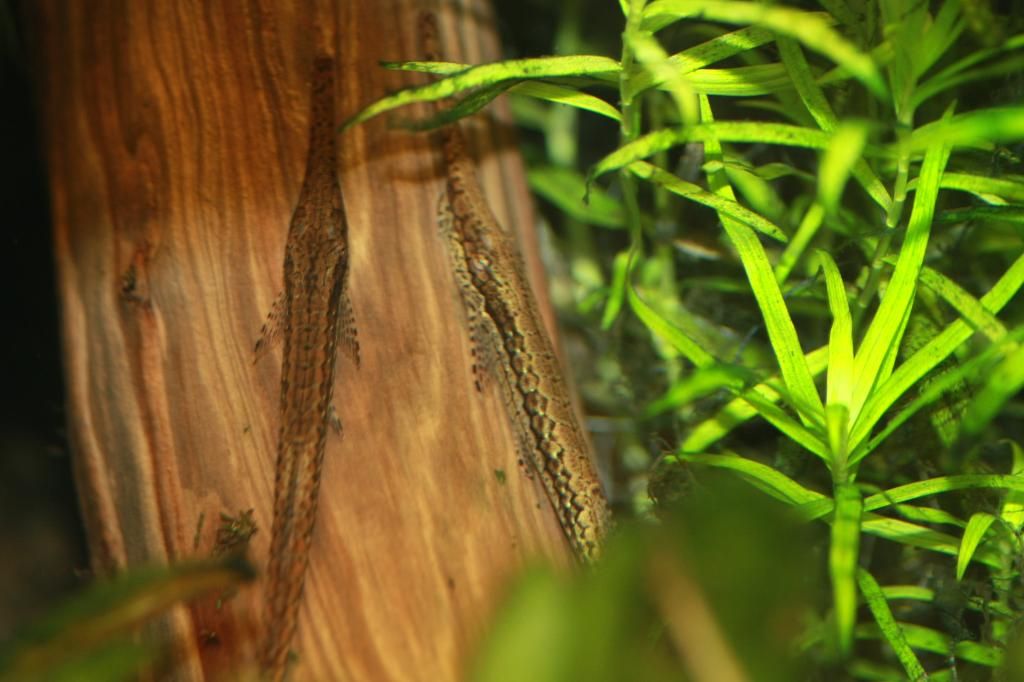
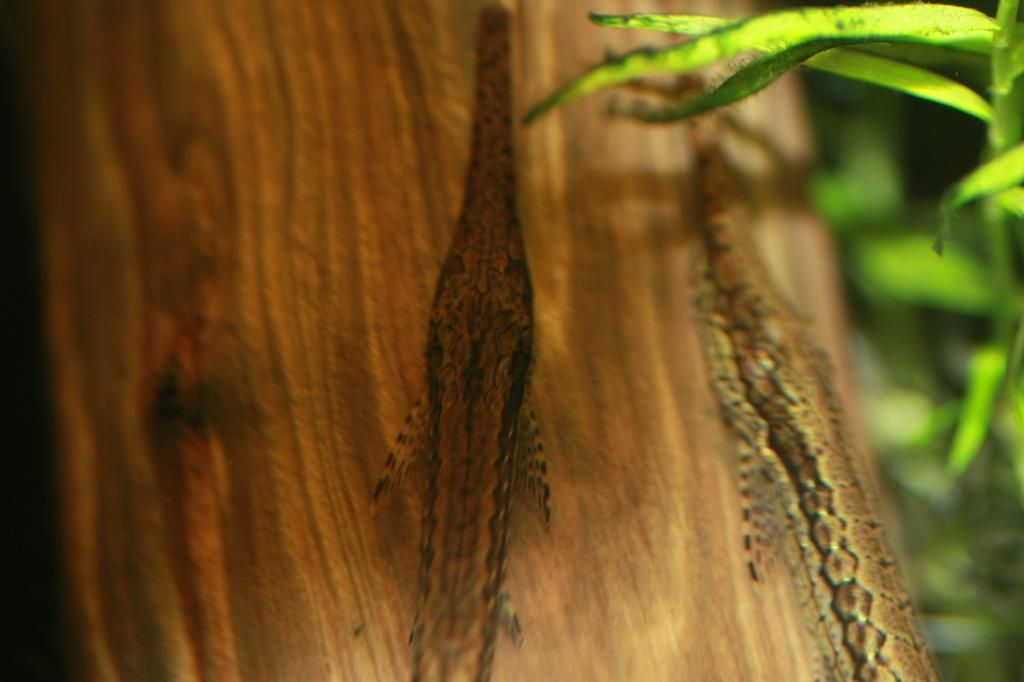
Fish 4
Right one
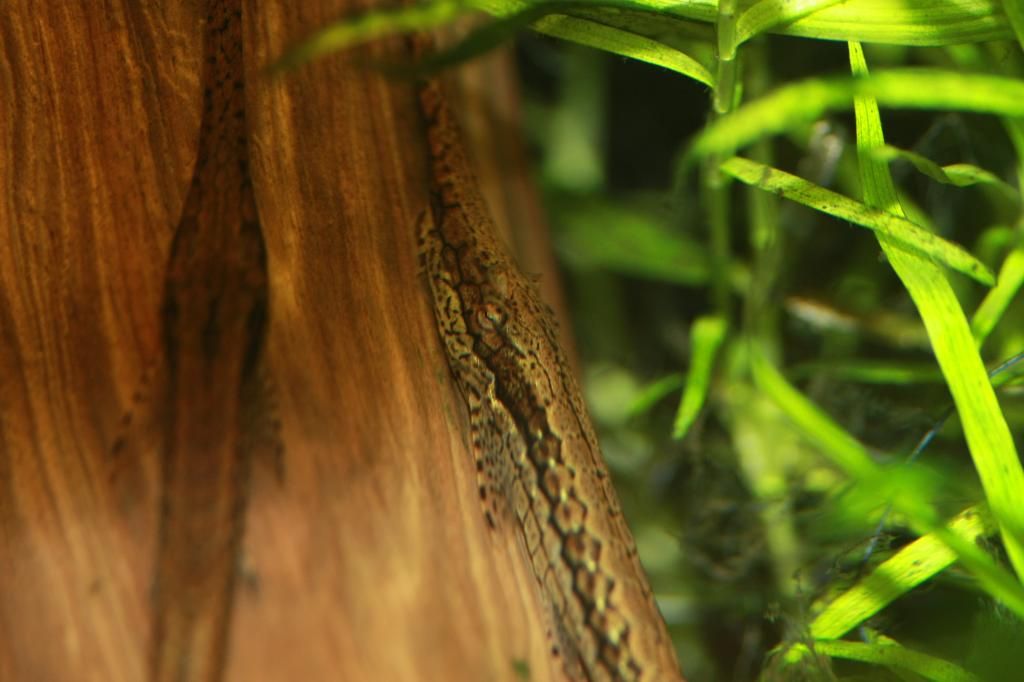

Re: What kind of Farlowella
Posted: 17 Jan 2015, 21:05
by Karsten S.
Hi,
do you have pics of the belly / body scutes or can you say how many rows there are ?
Cheers,
Re: What kind of Farlowella
Posted: 18 Jan 2015, 19:06
by Erik82
Re: What kind of Farlowella
Posted: 20 Jan 2015, 21:00
by Karsten S.
Hi,
the first and second one belong to the amazona group, they might be F. amazona itself.
The third and forth seem to be a different species, the abdominal scutes are not clearly visible, but it seems that they also have only two rows of them. In this case they would also belong to the amazona group, possibly F. henriquei.
However, I don't have good reference/type pictures of these species. So take this just as suggestions not as safe IDs.
Cheers,
What kind of Farlowella
Posted: 21 Jan 2015, 08:31
by Erik82
Hi,
Thanks for your replay. Can you tell me if there are male and/ or females?
Can someone els verify Kamas his suggestion of this species?
Cheers,
Erik
Sent from my iPad using Tapatalk
Re: What kind of Farlowella
Posted: 21 Jan 2015, 11:28
by Shane
I agree with Karsten's recommendations as to their possible identities. Without a specific collection location I do not think we could get a more accurate identification.
-Shane
Re: What kind of Farlowella
Posted: 21 Jan 2015, 21:24
by Karsten S.
Hello Erik,
Erik82 wrote:Can you tell me if there are male and/ or females?
I don't see any snout odontodes. The problem within this species group is that there are only patches of rather short odotodes.
What is the size of your specimen,
F. amazona can grow rather big.
For some
Farlowella spp. the males have a shorter snout and for others a shorter anal fin, but I don't know if any of these kriteria applies to the
amazona group as well.
Shortly: yes, I can tell. There are males or females

.
Within the
amazona group I have excluded
F. rugosa (due to its origin it is more than unlikely) and
F. platorynchus which has some medium abdominal plates and looks different. As
F. amazona has quite a lot of synonyms it is also possible that you have different variants of the same species (if we accept that all synonyms are justified).
F. henriquei is the forth described member of the
amazona group which seems to be also an option.
Cheers,
What kind of Farlowella
Posted: 22 Jan 2015, 19:34
by Erik82
Hi all,
Thanks for the answers, and information. I'll look after the odontodes of the species. You named that amazona species are rahther big. What is big for an Farlowella? Fish three and four are about the same length, they are at this moment around 5,5". The smaler species are around 4,4 inch.
Are those odontodes at a specific place at the snout? Or just all over the place?
Sent from my iPad using Tapatalk
Re: What kind of Farlowella
Posted: 22 Jan 2015, 22:19
by Karsten S.
Hi Erik,
the biggest specimen of F. amazona mentioned in the revision of Retzer & Page is ~8,8" (SL) !
I guess this will be close to the maximum size, so TL would be ~10".
The odontodes should be on the snout/rostrum, rather small and blunt.
I would expect them to be only on the sides of the rostrum.
I only have one specimen from this species group (F. platorynchus) which obviousy is a female...
Cheers,
Re: What kind of Farlowella
Posted: 27 Jan 2015, 07:02
by Erik82
Thanks for your help Karsten. I'll see what happens with the size of my species

Cheers,
Erik















